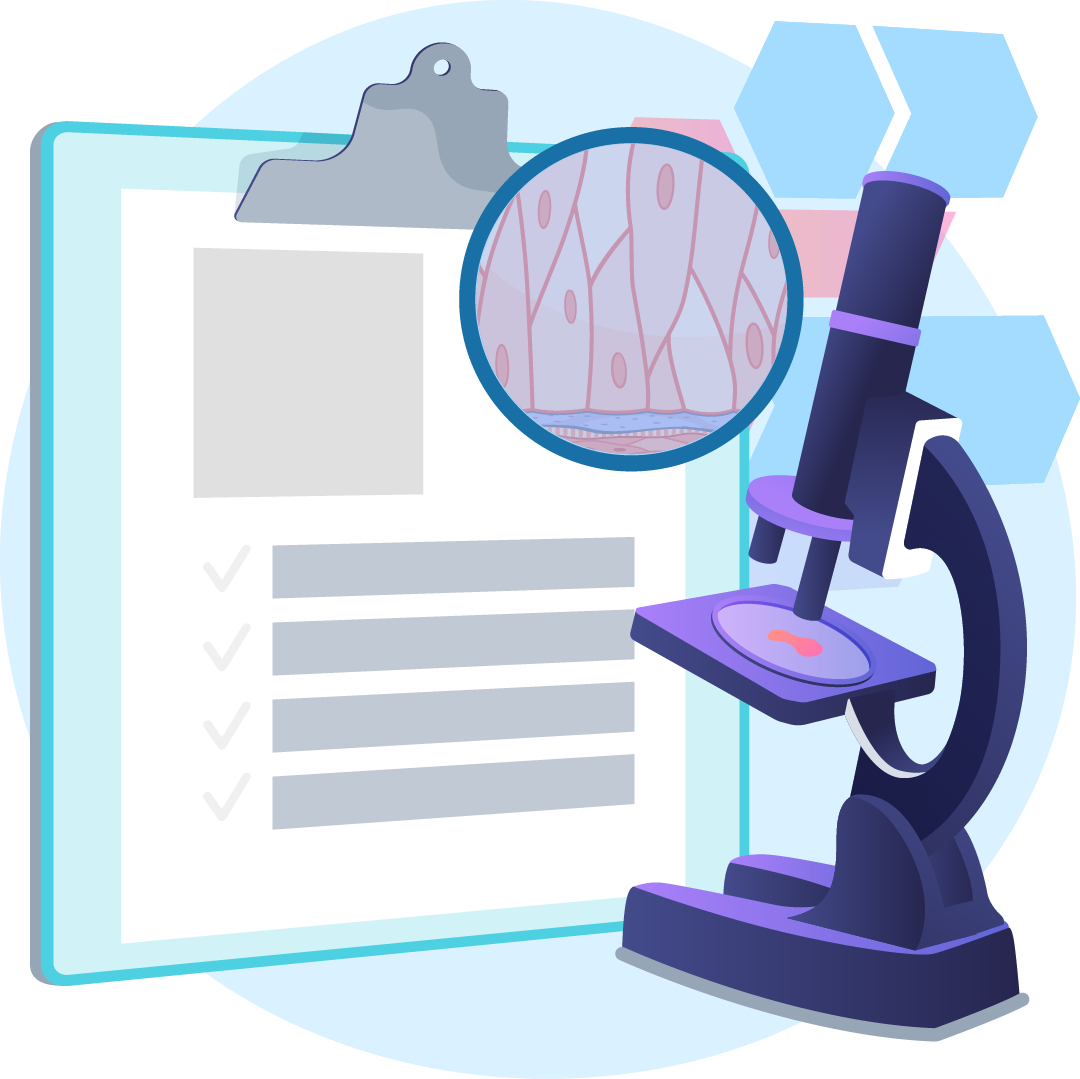Diagnosis and Tests
Scleroderma is rare, and the signs and symptoms are similar to many other diseases. It can take time to get the diagnosis.
If the diagnosis is scleroderma, treatment is most effective when started shortly after the disease has begun. At that time, physical and occupational therapy (Occupational therapists help patients develop, recover, improve, as well as maintain the skills needed for daily living and working.) can help you keep your ability to straighten and bend your joints and maintain your daily life.

Why are Periodic Tests Mandatory?
The reason behind frequent testing is because it is a rare condition and is treated symptomatically, tests help the doctor in advising medication and knowing the overall health condition of the patient.
How is scleroderma diagnosed?
The diagnosis of scleroderma is not always easy. Because it can affect other parts of the body — such lungs, heart, skin, GI track (esophagus),bones and joints etc.— scleroderma may be initially mistaken for rheumatoid arthritis or lupus.
After discussing your personal family medical history, your doctor will perform a thorough physical examination. In doing so, he or she will be looking for any of the symptoms mentioned above, especially thickening or hardening of the skin around the fingers and toes or discolouration of the skin. If scleroderma is suspected, tests will be ordered to confirm the diagnosis, as well as to determine the severity of the disease. These tests may include :
Elevated levels of immune factors, known as antinuclear antibodies, are found in 95% of patients with scleroderma. Although these antibodies are also present in other autoimmune diseases such as lupus, testing for them in potential scleroderma patients is helpful in assisting with an accurate diagnosis.
These tests are done to measure how well the lungs are functioning. If scleroderma is suspected or has been confirmed, it is important to verify whether or not it has spread to the lungs, where it can cause scar tissue formation.
HRCT and MRI is also done to determine any scarring of Lung Tissues.
A 6 min Walk Test is also conducted by the Doctor to determine the Saturation Levels with Continuous walking and the physical capacity of the patient.
Scleroderma can cause scarring of the heart tissue, which can lead to congestive heart failure and defective electrical activity of the heart. This test is performed to see whether the disease has affected the heart.
This is recommended once every 6 to 12 months to evaluate for complications like pulmonary hypertension and/or congestive heart failure.
An endoscopy(the insertion of a small tube with a camera on the end) is sometimes performed to view the oesophagus and the intestines, and a test called manometry can measure the strength of the oesophageal muscles.
It is very important to get your tests done on a periodic basis as per your Doctor’s recommendation.

